Back to top: Lithics from Unit J1
Introduction
Lithic artifacts are the most representative object category in J1. Many different typologies are represented, including debitage, flakes and working flakes, blades and other chipped tools, ground stone (grinding stones, pestles) and other different and less attested artifacts, such as bead, molds, door sockets, weights, basins etc.
Back to top: Lithics from Unit J1
Chipped stones
This category includes all the flint and obsidian small tools. The most represented are blades, both in flint (q471.4, q542.2, q1146.3, q1186.1) and obsidian (q1208.1, q1304.4), but also scrapers (q1304.6). Many small chipped stones are defined as debitage because they came from working activities and are just flakes without clear shape, function or retouch. Some of these flakes could also be categorized as “uncertain” or “unknown”.
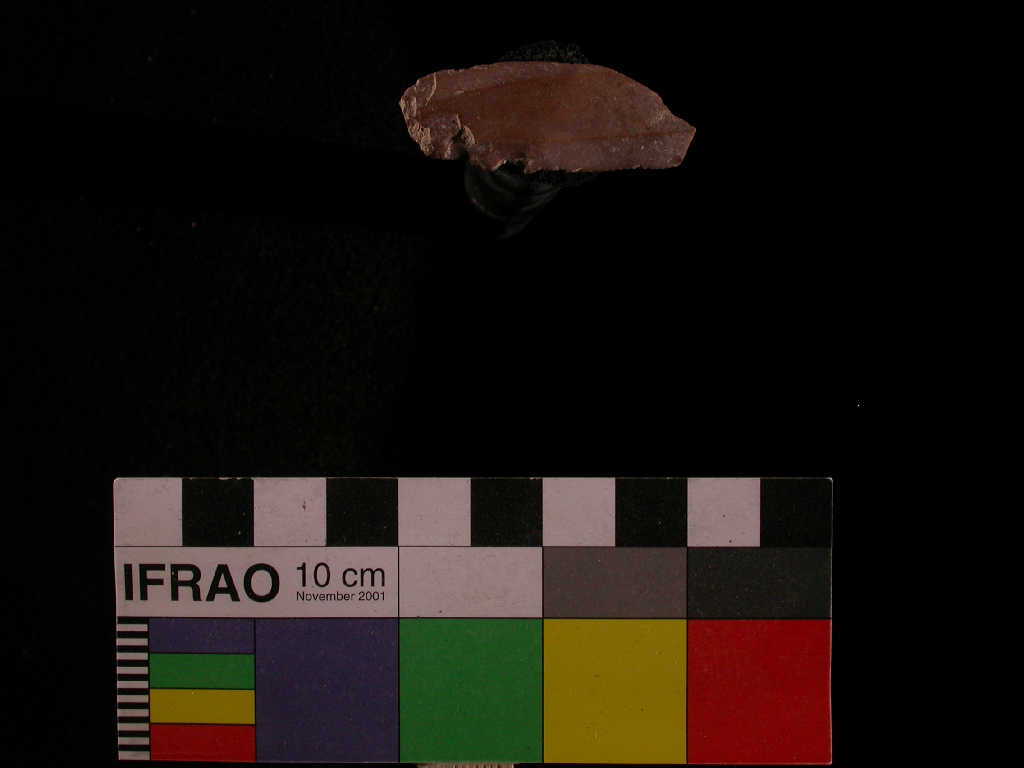 q471.4 |
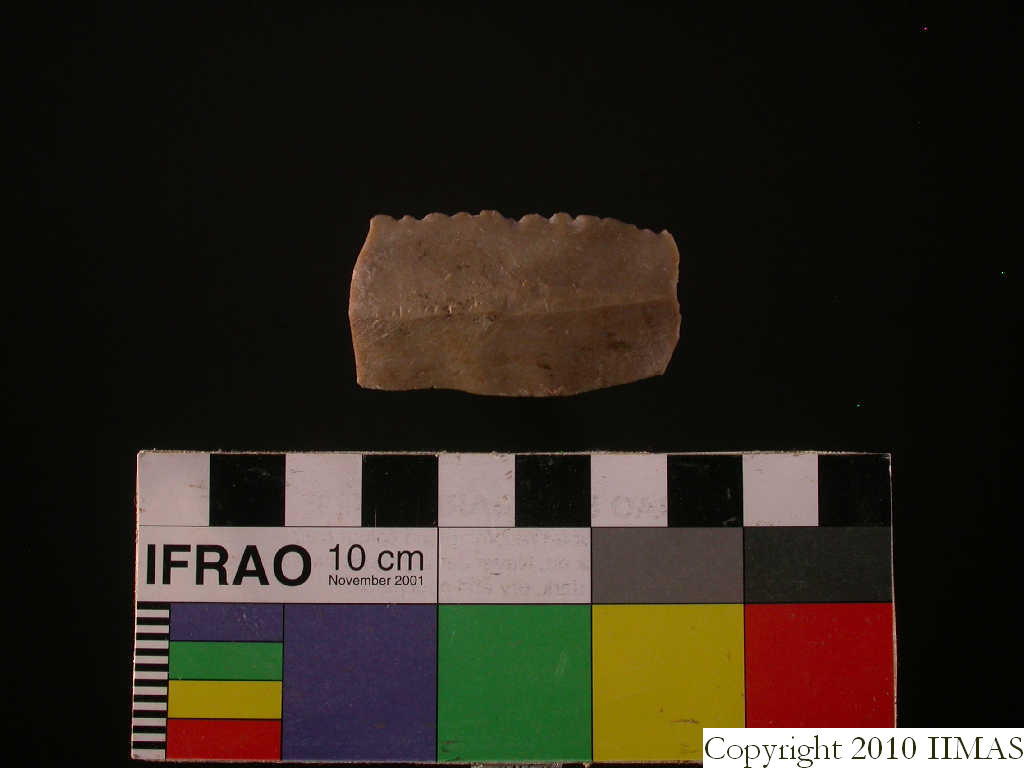 q542.2 |
 q1146.3 |
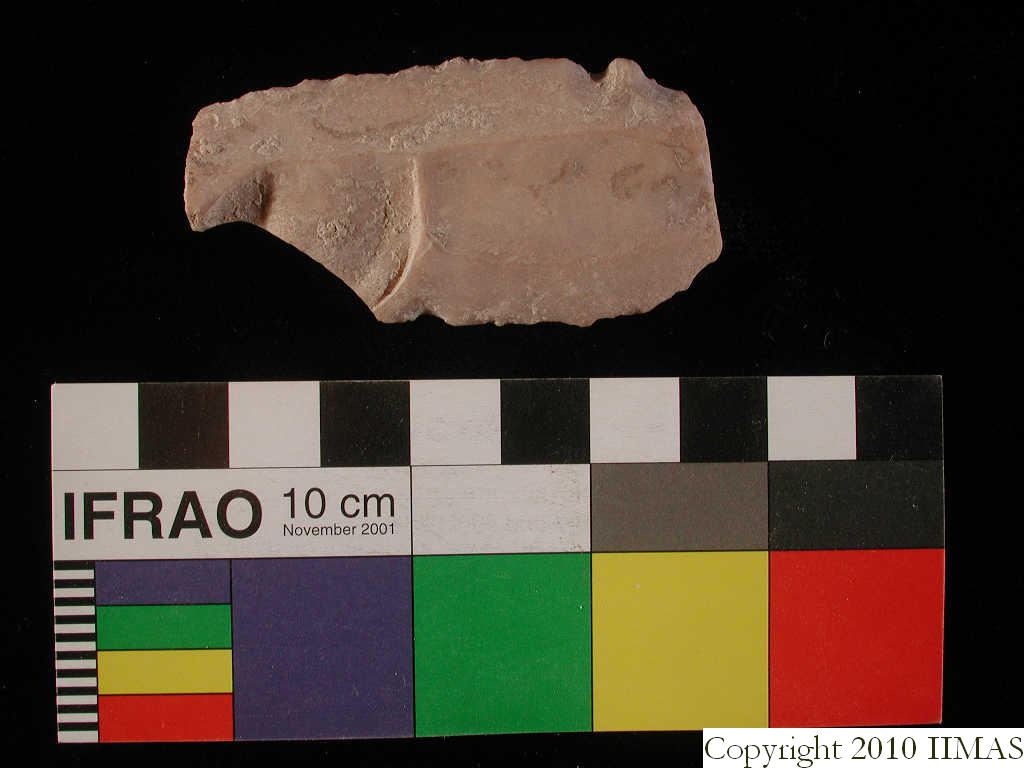 q1186.1 |
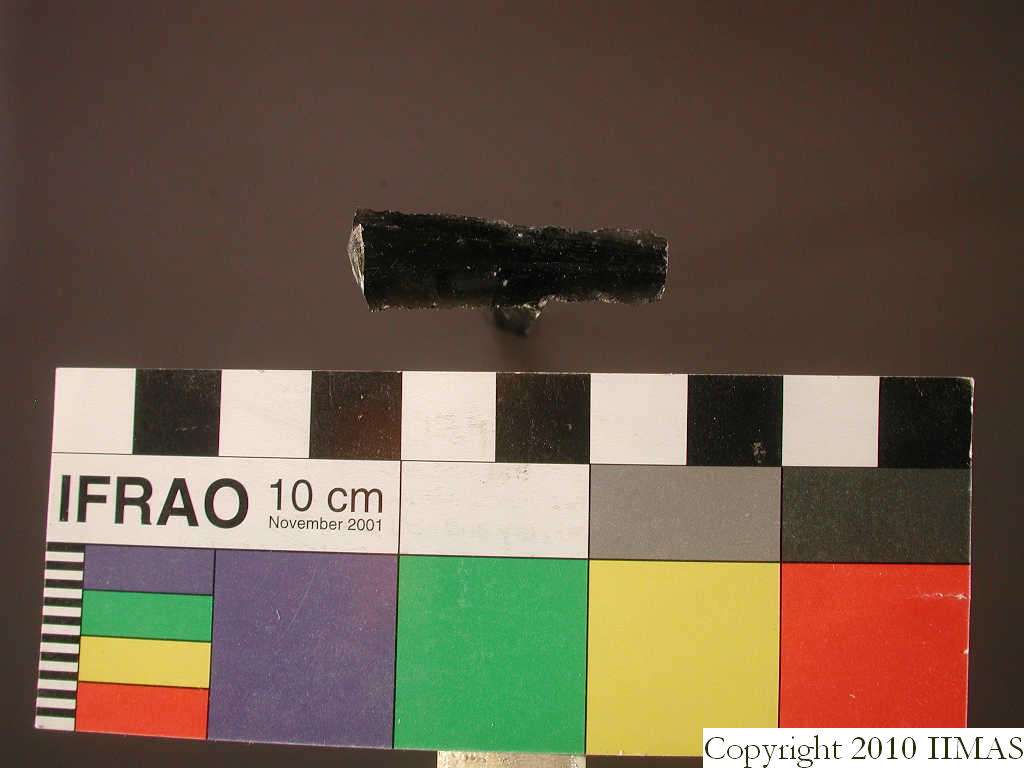 q1208.1 |
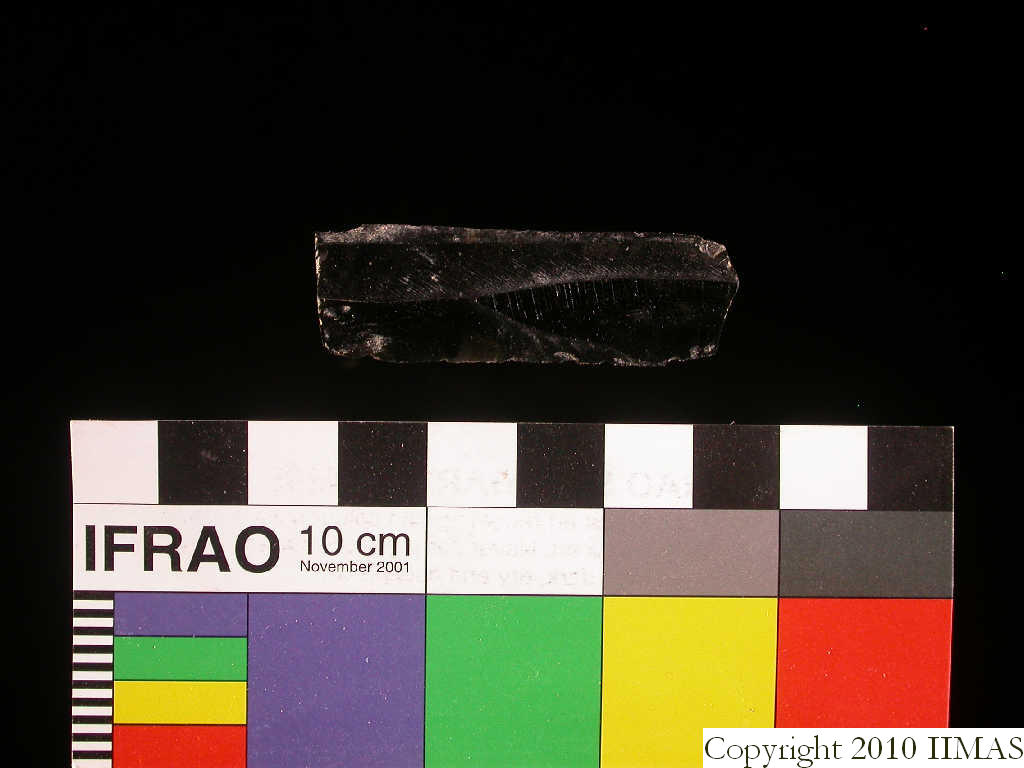 q1304.4 |
 q1304.6 |
Back to top: Lithics from Unit J1
Ground stones
Not numerous as the chipped stones, the ground stones are very well attested. The grinding stones (manos and metates) are usually made of basalt with a flat and a convex side (for example q830.3 and q864.8). Also common are stone pestles (q1011.2) and mortars (q772.1).
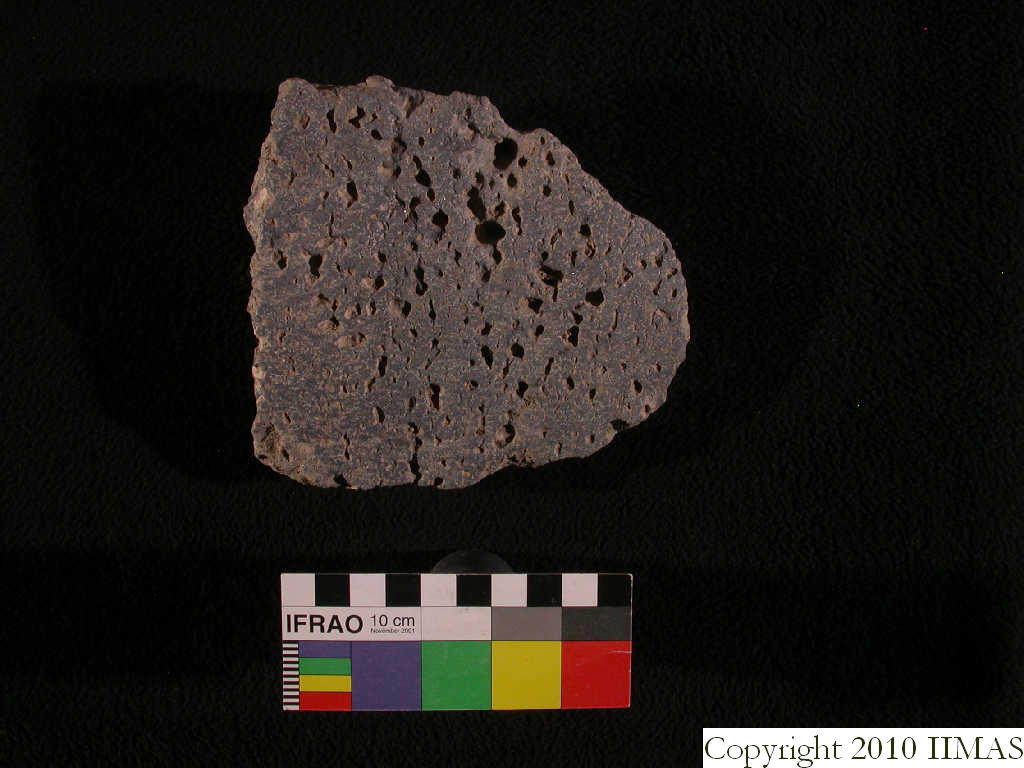 q830.3 |
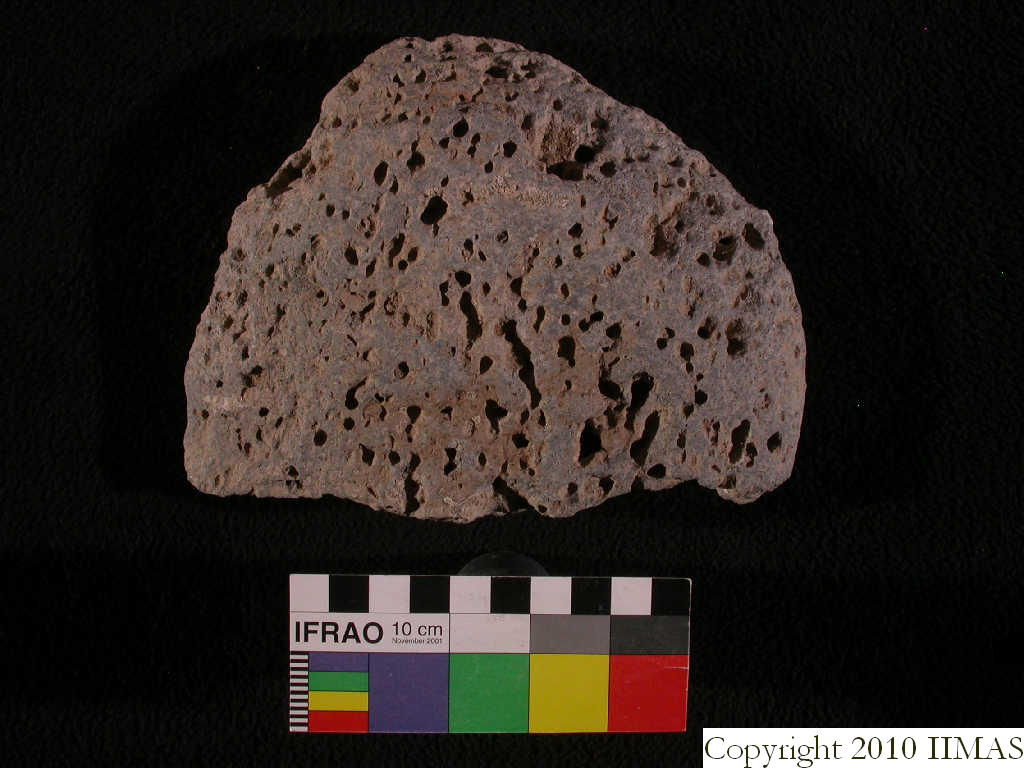 q864.8 |
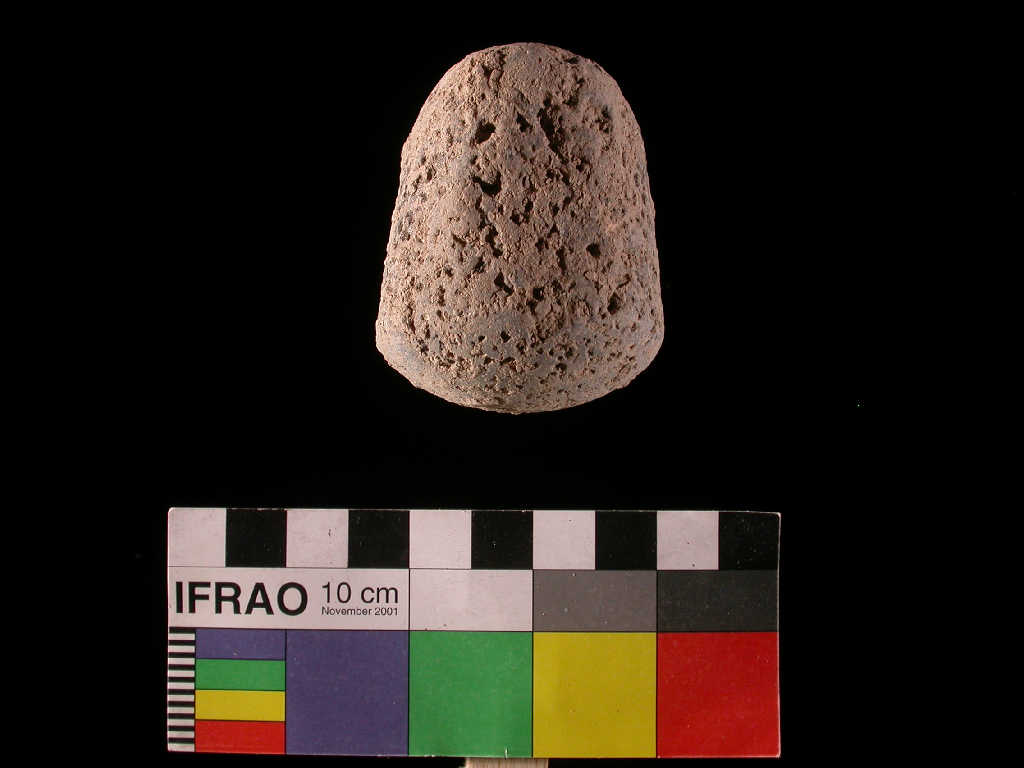 q1011.2 |
Back to top: Lithics from Unit J1
Other lithic artifacts
Other specific and less common objects were found in J1. Some beads were made of semi-precious stones (see discussion below “other objects”), large stone basins (i68), stone weights, molds (q375.2), other unclear objects, probably tool for sharpening metal blades or polishing (). But in the whole they form just a small percentage of the stone objects.
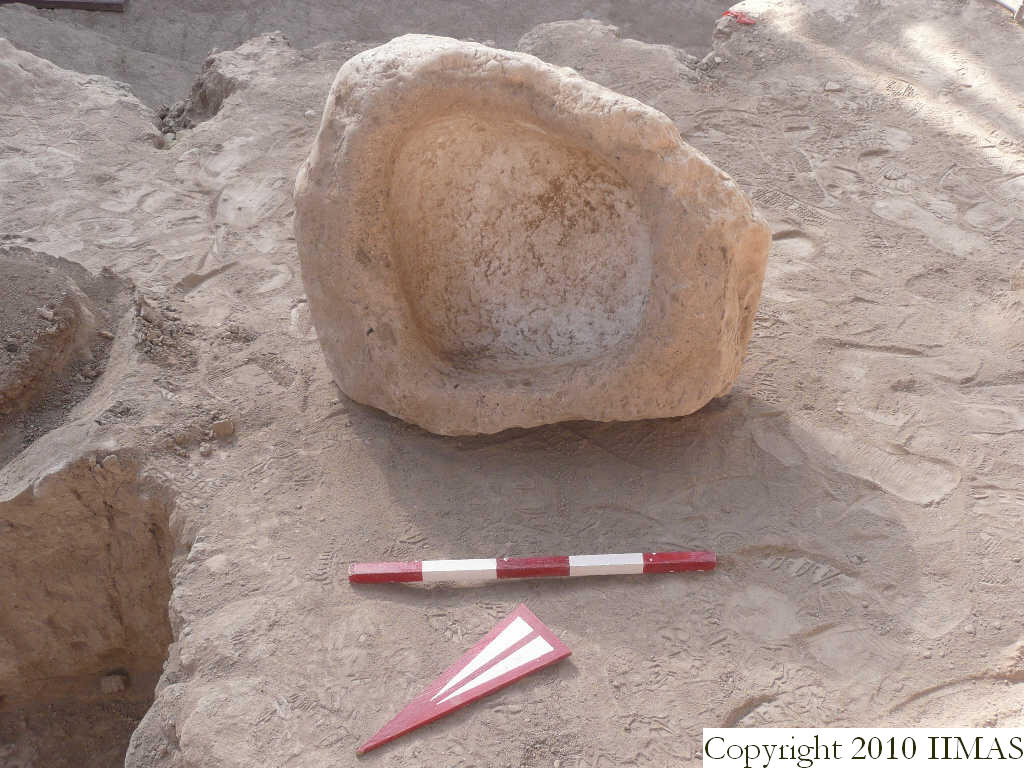 i68 |
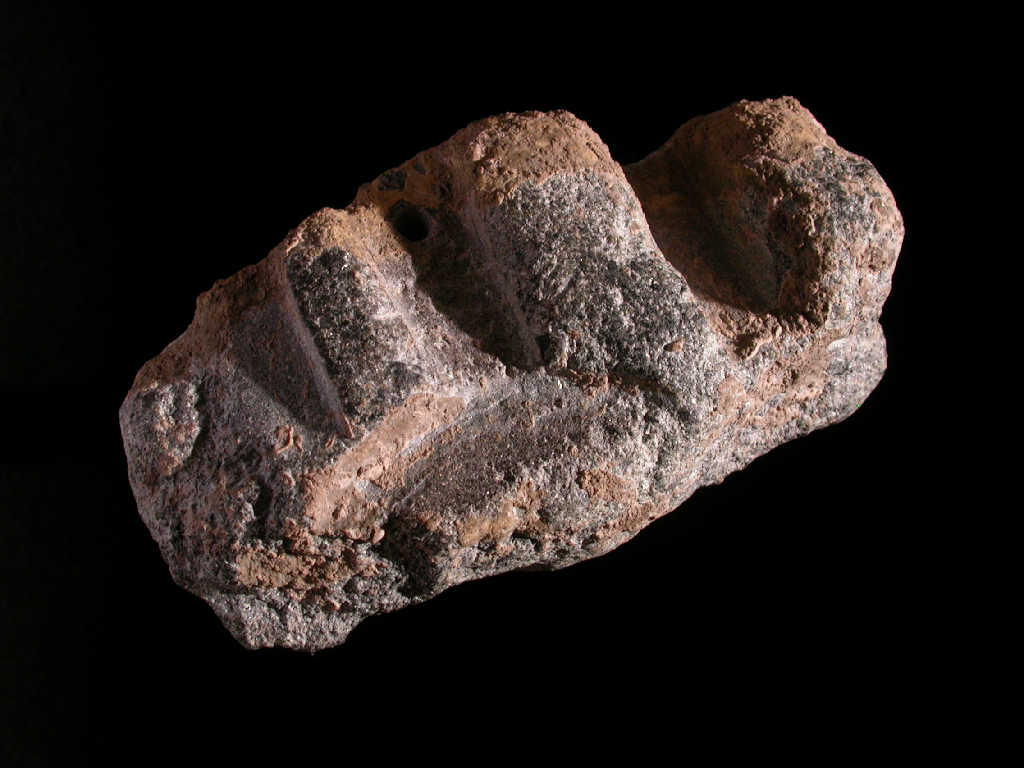 q375.2 |
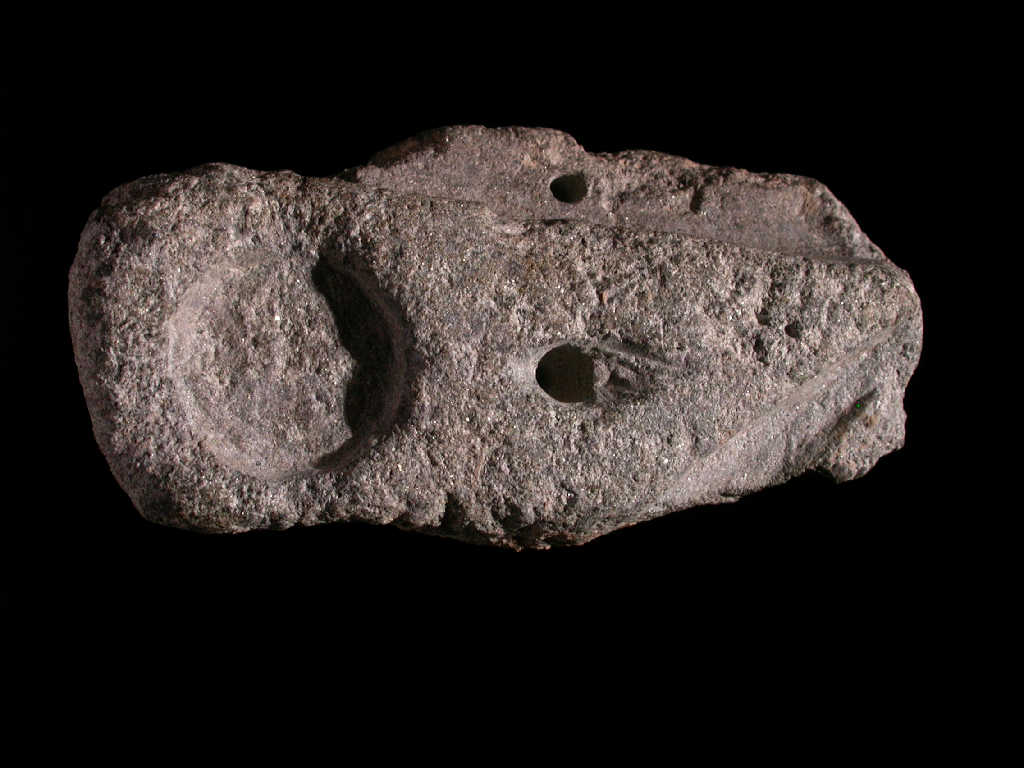 q375.2 |
Back to top: Lithics from Unit J1